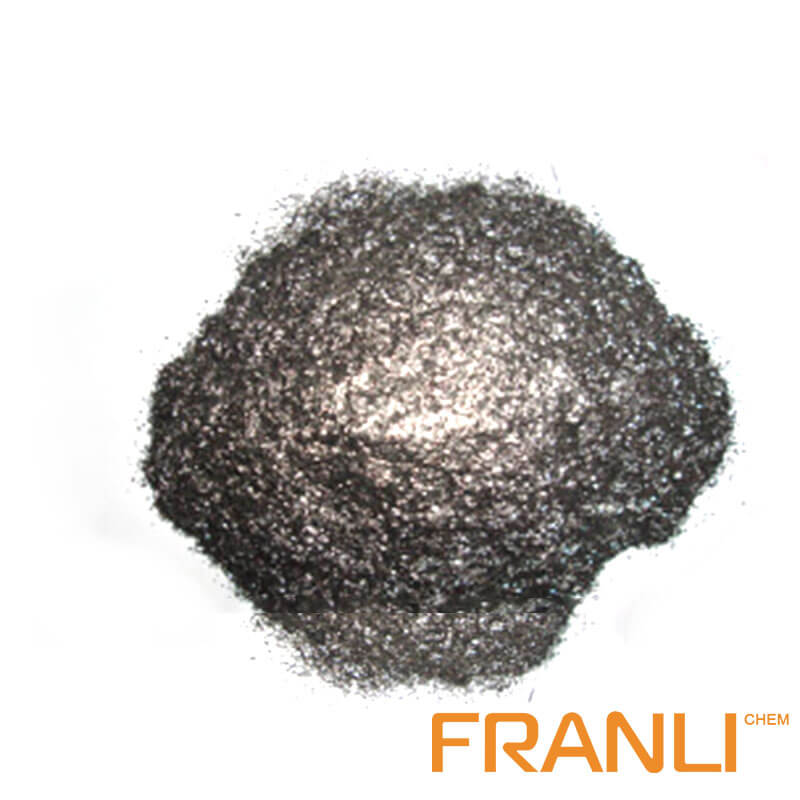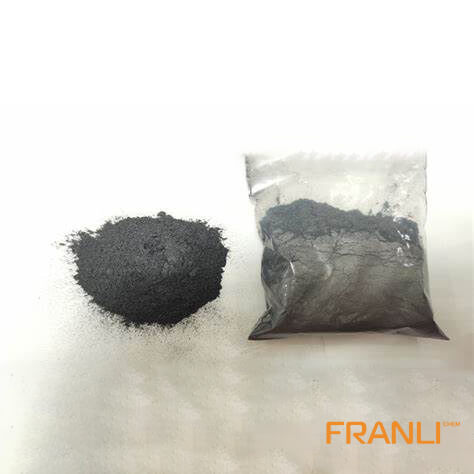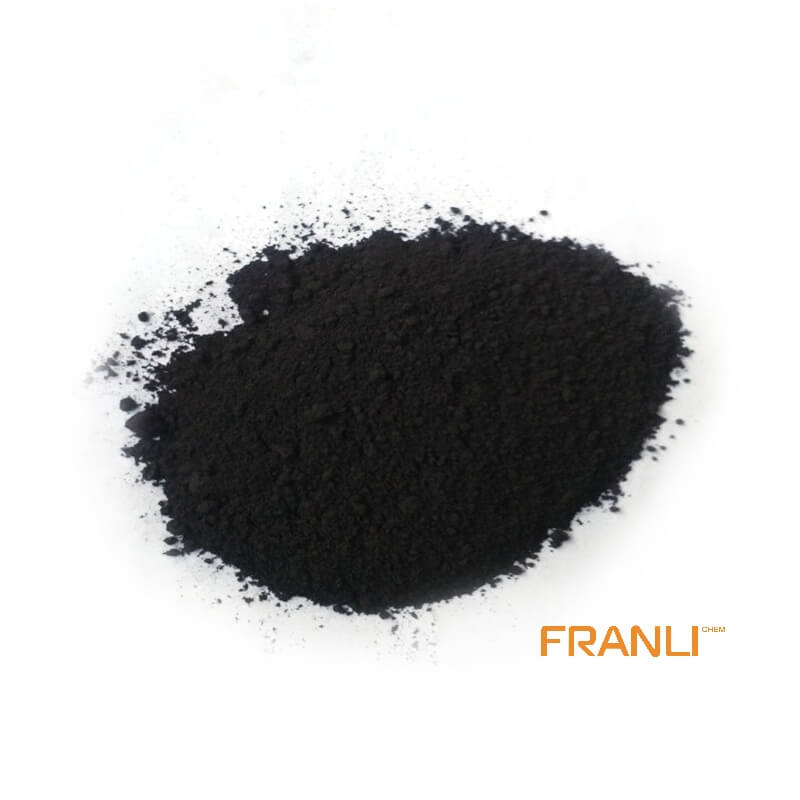



Flake Graphite
Size
0.01mm
Carbon Content
99%min
Package
25kg small bags into ton bags
Origin
China
Features
thermal shock resistance, lubricity, conductivity and plasticity…
Application
Lead battery plates positive and negative conductive agent, lithium batteries nickel hydrogen etc
Natural flake graphite has superior physical and chemical properties and is widely used in metallurgy, coatings and refractory industries. It is an important non-metallic raw material that is indispensable for today’s high-tech. Flake graphite is divided into large flake graphite and fine flake graphite according to the size of its scales. Usually, large flakes refer to +32 mesh, +50 mesh, +80 mesh, and +100 mesh flake graphite.
Request a quoteAmong lithium-ion battery materials, the anode material is the key to determine the performance of the battery. As a highly crystalline graphite material, the particle size of flake graphite directly affects the specific surface area of the electrode and the proportion of edge carbon atoms, which has a great influence on the irreversible specific capacity at the first charge, so flake graphite plays an important role in the battery.

Flake graphite’s importance in battery
Technology as it is commonly used as an anode material in lithium-ion batteries. Flake graphite is highly conductive, which makes it an ideal material for use in batteries where efficient electrical conductivity is essential. Additionally, its layered structure allows for the intercalation and deintercalation of lithium ions during charging and discharging, which is necessary for the functioning of a battery.
Flake graphite is also used as a lubricant in lithium-ion batteries, which helps to reduce friction and wear between moving parts. This improves the overall efficiency and performance of the battery, making it last longer and operate more efficiently.
Furthermore, graphite is an important component in the manufacture of fuel cells, which are devices that generate electricity through the chemical reaction between hydrogen and oxygen. In this process, graphite acts as a catalyst to facilitate the reaction, helping to improve the efficiency and stability of the fuel cell.
Graphite’s advantages as electrode
In summary, flake graphite is an essential material in battery technology and plays a crucial role in the performance and functionality of lithium-ion batteries and fuel cells.



